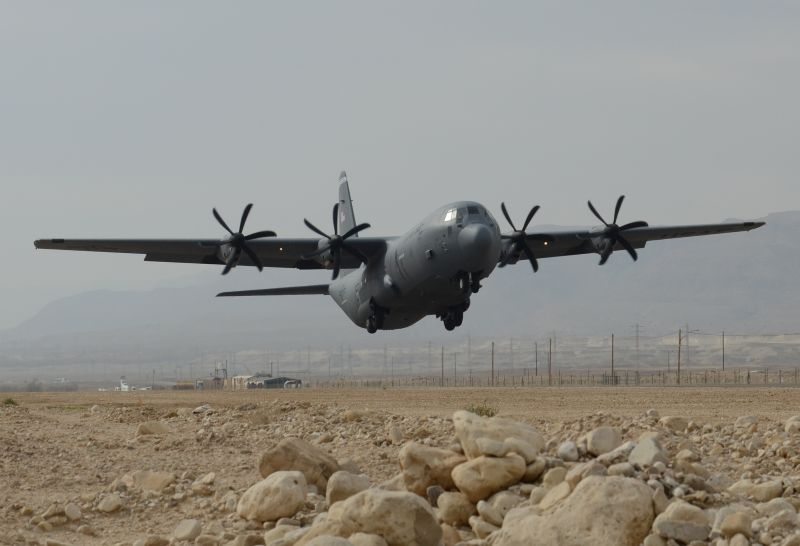Military radars, military communications networks, and commercial communications networks all require increasing amounts of limited radio frequency spectrum. Balancing national security requirements of radars and military networks with the growing bandwidth demands of commercial wireless data networks calls for innovative approaches to managing spectrum access.
DARPA’s Shared Spectrum Access for Radar and Communications (SSPARC) program aims to improve radar and communications capabilities for military and commercial users by creating technical solutions to enable spectrum sharing.
The challenge of spectrum access is especially acute in the frequencies between 2-4 GHz, which are highly desirable for military systems and commercial networks. SSPARC will focus on technologies to share spectrum at these frequencies. Technologies developed in the program could be applicable at other frequencies as well.
The program seeks to support two types of spectrum sharing: Military radars sharing spectrum with military communications networks, and military radars sharing spectrum with commercial communications networks.
“We see a technical approach based on cooperation between radars and communications networks as a ‘win-win’ for the military and commercial communities,” said John Chapin, DARPA program manager. “A key goal is to enable increased spectrum access for the systems while ensuring military security needs are protected.”
SSPARC program research includes spectrum sharing technologies appropriate for rapid adoption as well as longer-term, more fundamental changes to radar and communications system design. The rapid adoption portion of the program seeks to develop software and cost-effective upgrades to existing systems enabling deployment within the next five to eight years.
“The longer-term vision of the program is to create clean-sheet designs for radar and communications systems that push the state of the art in both areas, while incorporating spectrum sharing as a basic requirement,” Chapin said.
The SSPARC program will coordinate with appropriate spectrum management offices in the Department of Defense and other Federal agencies. Interaction with commercial communications standards bodies is also planned.
“We recognize the critical role of regulations and standards for the success of new spectrum sharing technologies, so we intend to stay engaged in those areas throughout the research process,” Chapin said.
DARPA seeks proposers with expertise in the following areas: Radar system design and operation; military communications system design and operation; commercial communications systems design, operation and standards; electronic warfare (EW) threats to and countermeasures for radar and communications systems; and U.S. and international spectrum regulations and regulatory processes. The SSPARC program seeks to foster the collaboration among these disparate areas needed to develop innovative spectrum sharing solutions.











